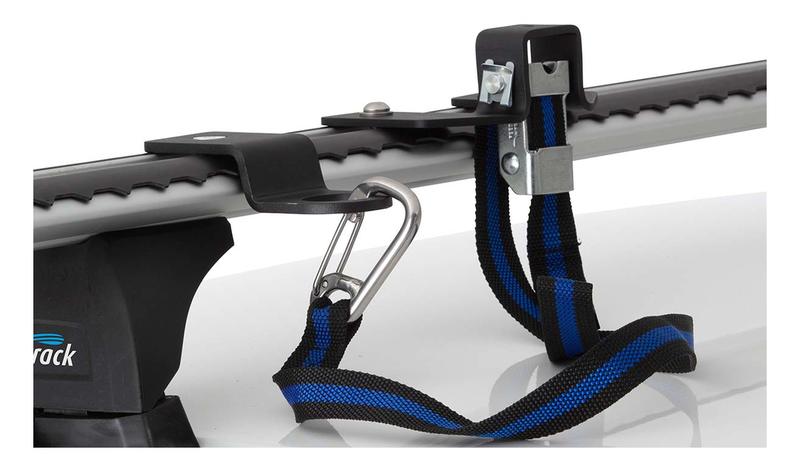
The hip rafters extend from the ridge down to the top plate and are marked in our photo by yellow arrows. This is a woven palm thatch roof located in La Manzanilla, Mexico. Notice that the hip rafter forms what amounts to a descending ridge - a single line that starts at the top of the roof and descends to the wall top plate at a wall corner.īelow: a hip rafter and jack rafters viewed from below.

In our rafter type sketch above the hip rafters are drawn in blue. Hip Rafterĭefinition of Hip Rafter: a rafter that runs diagonally between the roof ridge and the top of the wall plate, forming a hipped roof. Dormer Rafterĭefinition of Dormer Rafter: a rafter whose upper end rests atop an existing roof without cutting into it, providing a roof and ceiling for a dormer or building space with greater head-room than beneath the main roof.Ī roof dormer may be gabled as in our sketch above or it may be a low-slope, or flat roof. The valley itself is formed where the hip roof abuts a lower or adjoining roof surface. In our rafter type drawing above the cripple jack rafters are drawn in purple and the valley location or valley rafter is drawn in yellow Cripple jack rafters or valley jack rafters never make it to a wall top plate - instead they intersect a valley formed by another roof. Cripple Jack Rafterĭefinition of Cripple Jack Rafter or Valley Jack Rafter: a rafter running at right angles (90°) from the ridge of a roof down to the valley below. In our rafter type drawing above common rafters are drawn in red.

A common rafter runs from the roof ridge to the top of the front or rear wall plate, and extend beyond the wall to provide an overhang or eaves or soffit. Common Rafterĭefinition of Common Rafter: shown in red in our sketch, a common rafter runs at right angles to (90°) to the building front and back walls, as seen when looking down from above.
#RAFTER STRAPS MANUAL#
What are the Names of the Different Types of Rafters?Īnd where are they found in which roof shapes or sections?ĭrawing adapted from Swanson's Book of Rafter Lengths and Roof Construction that was in turn copied in Empire Level Co.'s Rafter Square Instruction Manual both of which are cited below. Roof Framing Definitionsīelow we give the locations and functions of various roof framing members, rafter types, collar ties, rafter ties, ceiling joists, and structural ridge beams. We also provide an ARTICLE INDEX for this topic, or you can try the page top or bottom SEARCH BOX as a quick way to find information you need. Here we include sketches of collar ties, rafter ties, and structural ridge beams as well as illustrations of collapsing and collapsed structures where these roof rafter ties were lost or omitted. Without the proper support of rafter ties or a structural ridge, a typical gable or sloped roof will sag downwards while pushing the building walls outwards towards a catastrophe such as that shown in our page top photo of a barn in Amenia, NY: the failure of rafter ties in this building combined with snow loading in Amenia, New York, pushed the ridge down and the walls outwards as the building slowly settles down to the earth.
#RAFTER STRAPS SERIES#
This article series describes and illustrates the different types of support that prevents roof sagging and wall bulging at buildings, including definitions of collar ties, rafter ties, and structural ridge beams. Roof structure definitions & support choices for sloped roofs, cantilevered roofs & cathedral ceiling roofs. Roof Framing: collar ties, rafter ties, tension beams & structural ridge beams: some of these can support the roof and prevent ridge sagging and wall spreading. We have no relationship with advertisers, products, or services discussed at this website.

InspectAPedia tolerates no conflicts of interest.


 0 kommentar(er)
0 kommentar(er)
